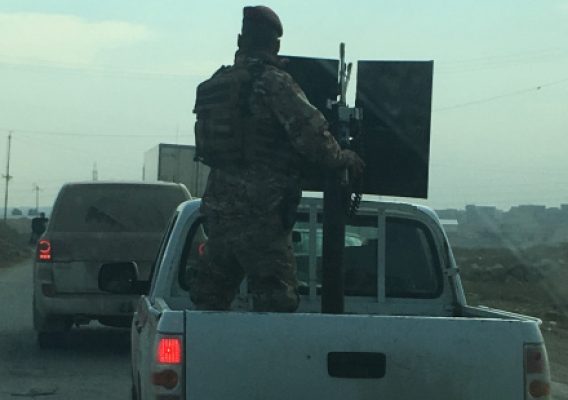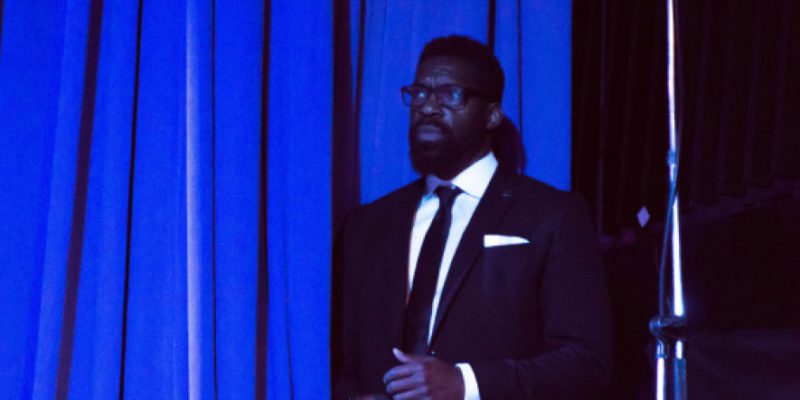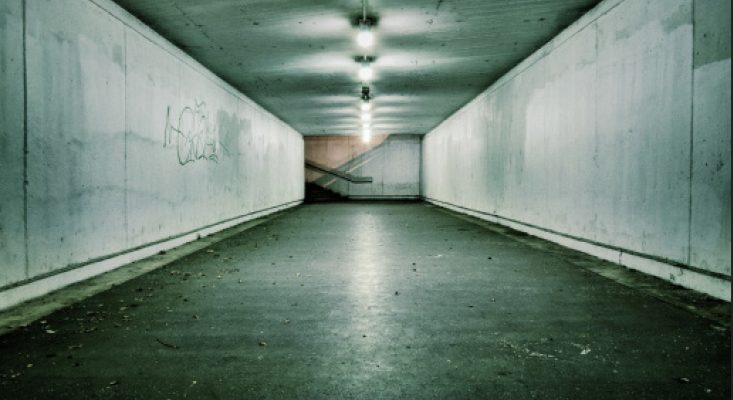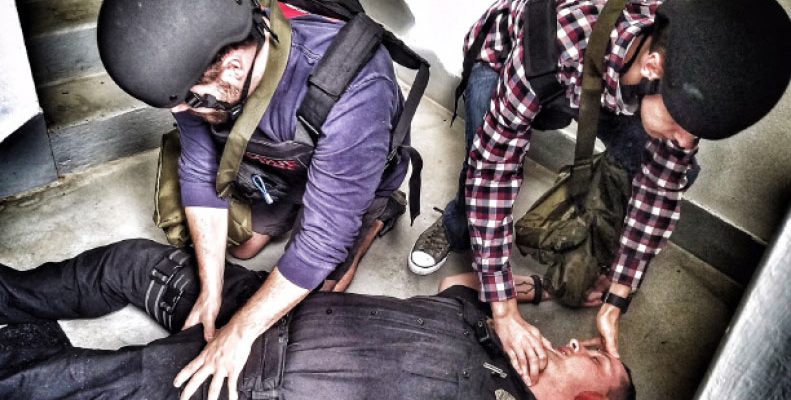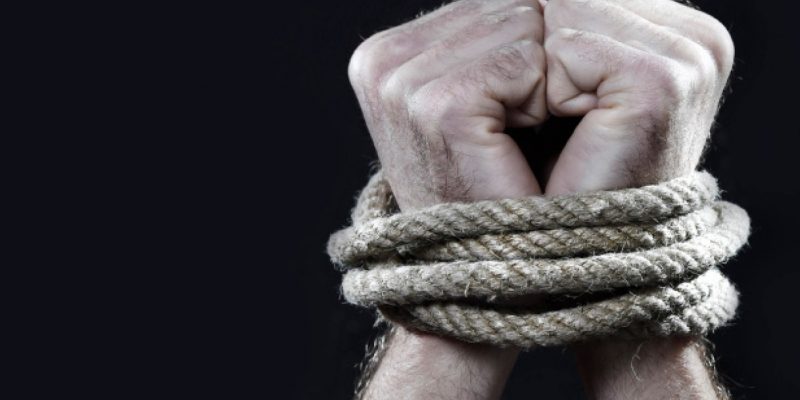Over the years there have been many articles in Circuit Magazine about the kidnapping threat, and rightly so.
As we know, the danger of kidnapping is always a concern amongst high-level executives, especially when operating and traveling to some regions where kidnapping occurrences are more common. In this article, however, the topic is focused on one particular method of kidnapping, and that is what’s known as tiger kidnapping.



